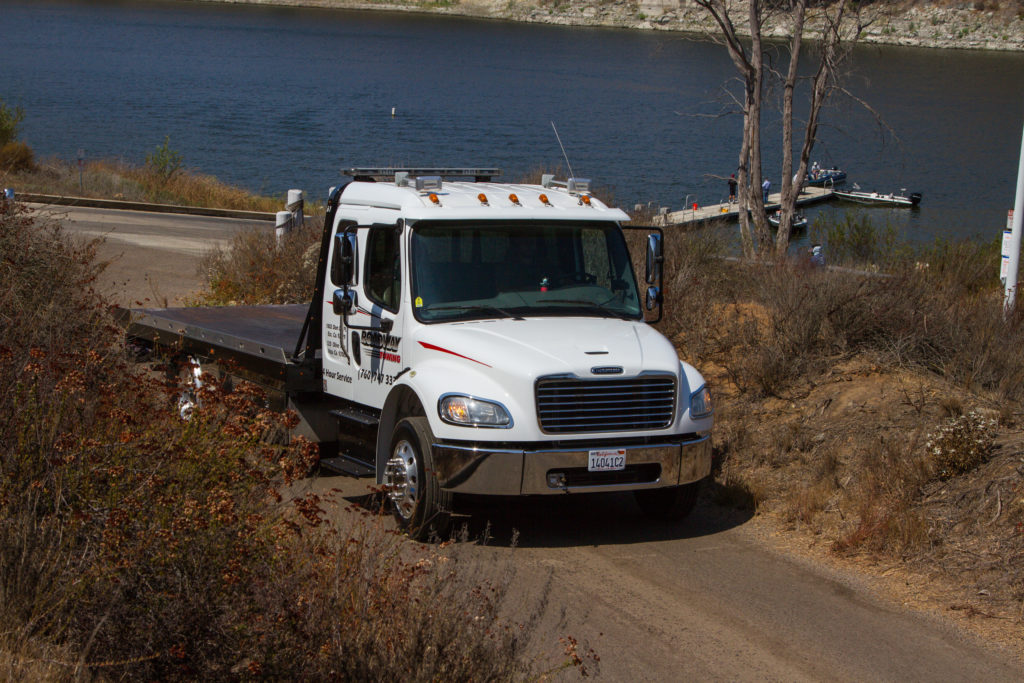Understanding Suspension Issues Helps Prevent Unnecessary Dangers

The suspension on your car is supposed to make your ride a lot smoother, however if your suspension is going out or giving you issues, that could make for unnecessary dangers while your driving. Your vehicles suspension is made up of many different components, including the chassis, coil springs, structs, and shock absorbers. All these parts must work together to maximize the friction between the road and your vehicle.
Call us at (760)747-3335
There are 5 commonly known issues to look out for if your suspension is going out.
- Does your vehicle pull to one side? This is one of the most common signs of suspension issues. You can tell because when you turn your wheel right or left, the steering wheel pulls hard in the opposite direction. Now, your wheel pulling can also be an indicator of several other things, which is why it’s so important to have a professional diagnose your car.
- Do you feel every ridge and bump in the road? Rough rides are clear indicators of a worn-out struts. The best way to check for this is to do a bounce test. While the car is parked, put weight on the front end of your car and let go. If your car bounces 3 or more times, the shocks or struts are worn out. Worn shock absorbers are a big problem and need to be addressed as soon as possible.
- Does one corner of your vehicle sit lower? When one side or tire sits lower than the others when your car is parked, you may have a damaged spring. You may hear a clunking noise when you go over bumps. It’s important to have this repaired quickly because without the spring, your car can’t support the weight.
- Does your vehicle dive, roll or lean?This means that your car tips forward (dives) when braking; your vehicle leans (rolls) to one side when cornering; your car tips backward (squats or leans) when accelerating.
- Do you have difficulty steering? If it is difficult to turn your steering wheel, even when you’re going slow, there may be something wrong with your suspension. But, like when you wheel pulls, difficulty steering can be an indicator of other reasons. So, when you notice it is hard to turn the wheel or keep the wheel steady when driving, contact a mechanic for a professional diagnosis.
It is not recommended to drive with suspension issues. Since it can be kind of difficult to pinpoint the suspension issue you should get your vehicle looked at by an experienced mechanic.